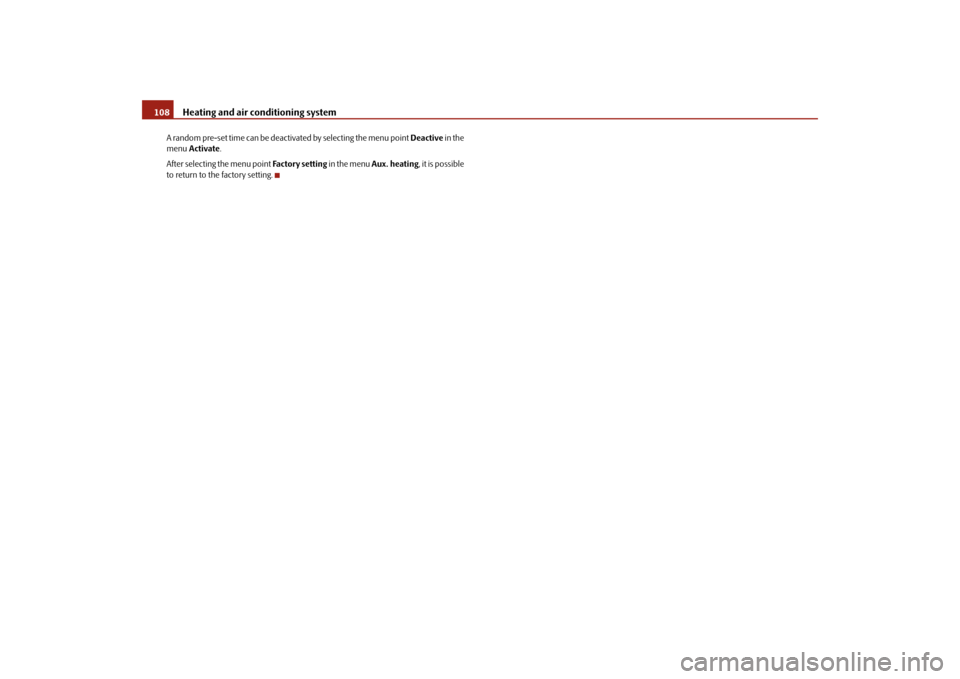Page 105 of 271

Heating and air conditioning system
104
Switching cooling on and offSwitching cooling on and off–Press the button
⇒page 103, fig. 110
. The warning light lights up in the button.
– When you again press the switch , the cooling system is switched off. The
warning light in the button goes out. Only
the function of the ventilation remains
active when no lower temperature than the outside temperature can be reached.
Setting temperatureYou can separate the interior temperature for the left and right side separately. – You can set the temperature for both sides
after switching on the ignition with the
control dial .
– If you wish to set the temperature for the right side, turn the control dial . The
warning light in the button lights up,
this indicates that differing tempera-
tures for the left and right side can be set.
If the warning light in the button lights up, the temperature for both sides cannot be set with the control dial . You can
reinitiate this functi
on by pressing the
button . The warning light in the button which indicates the possibility to set differing temperatures for the left and right side, goes out. You can set the interior temperature between +18°C and +26°C. The interior temper- ature is regulated automatically within this
range. If you chose a temperature lower
than +18°C, a blue symbol lights up at the
start of the numerical
scale. If you chose a
temperature higher than +26°C, a red symbol lights up at the end of the numerical scale. In both limit positions the Climatroni
c operates at maximum cooling or heating
capacity, respectively. The temperatur
e is not controlled in this case.
Lengthy and uneven distri
bution of the air flow out of the vents (in particular at the leg
area) and large differences in temperature, for example when getting out of the vehicle, can result in chills in sensitive persons.
Recirculated air mode In recirculated air mode air is sucked out of the interior of the vehicle and then fed back into the interior. When the automatic air distribution control is switched on, an air quality sensor measures the concentration of pollutants in the drawn-in air.Recirculated air mode prevents polluted air outside the vehicle from getting into the vehicle, for example when driving through a tunn
el or when standing in a traffic jam. If
a considerable increase in concentration of
pollutants is recognized by the air quality
sensor, when the automatic air distribution co
ntrol is switched on, the air distribution
control will temporarily be switched off. If
the concentration of po
llutants decreases to
the normal level, the air distribution control
is automatically switched off so that fresh
air can be guided into
the vehicle interior.
Switching recirculated air mode on– Press the button repeatedly
until the warning light on the left side of the
button lights up.
Switch on automatic air distribution control– Press the button repeatedly
until the warning light on the right side of the
button lights up.
Switch off automatic air distribution control temporarily– If the air quality sensor does not switch on
the air distribution control automatically
when there is a nauseating smell, you can
switch it on yourself by pressing the
button *. The warning light lights up
in the button on the left side.
Switching recirculated air mode off– Press the button or press the button repetitively, until the warning
lights in the button go out.
WARNING
You should not leave recirculated air mode on over a longer period of time, as “stale” air may result in fatigue in the driver and occupants, divert your atten-
AC
AC
A7
A14
DUALDUALA7
DUAL
AUTO
sgg.6.book Page 104 Thursday, September 24, 2009 2:32 PM
Page 106 of 271

Heating and air conditioning system
105
Using the system
Safety
Driving Tips
General Maintenance
Breakdown assistance
Technical Data
tion and also cause the windows to mist up. The risk of having an accident increases. Switch recirculated air mode off as soon as the windows begin misting up.
Note
If the windscreen mists up, press the button
⇒page 103, fig. 110
. After the
windscreen has been demisted, press the button .•
The automatic air distribution control operates only if the outside temperature is
higher than approx. 2°C.Controlling blower There are a total of seven blower stages available.The Climatronic system controls the blower st
ages automatically in line with the inte-
rior temperature. You can also
, howev er, a dapt the bl ower stage s ma nua lly to sui t y our
particular needs. – Press again the button on the left side (reduce blower speed) or on the right
side (increase blower speed).
If you switch off the blower, the Climatronic is switched off. The set blower speed is displayed above the button when the respective number of warning lights come on.
WARNING
•
“Stale air” may result in fatigue in the driver and occupants, reduce atten-
tion levels and also cause the windows to mist up. The risk of having an accident increases.•
Do not switch the Climatronic system off for longer than necessary.
•
Switch the Climatronic system on as soon as the windows mist up.
Defrosting windscreenDefrosting windscreen - switching on– Press the button
⇒page 103, fig. 110
.
Defrosting windscreen - switching off– Once again press the button or the button . The temperature control is controlled automatically. More air flows out of the air outlet vents
1 and
2.
Auxiliary heating (auxiliary heating and ventilation)*Description and important information The auxiliary heating (auxiliary he
ating and ventilation) heats or
supplies the interior of the vehicl
e with fresh air independent of the
engine.Auxiliary heating (auxiliary heating) The auxiliary heating (auxiliary heating) functions in connection with the Climatic or Climatronic. It can be used when stationary, when engi
ne is switched off for preheating of the
vehicle as well as while driving (only during the heating phase of the engine). The auxiliary heating (auxiliary heating) wa
rms up the coolant during the combustion
of fuel from the vehicle tank. The coolant warms up the air, which (if the blower speed is not set to zero) flows into the occupant compartment. Auxiliary ventilation The auxiliary ventilation enables fresh air to flow into the vehicle interior by switching off the engine, whereby the interior temperature is effectively decreased (e.g. with the vehicle parked in the sun).
WARNING (continued)
A1AUTO
AUTO
sgg.6.book Page 105 Thursday, September 24, 2009 2:32 PM
Page 107 of 271

Heating and air conditioning system
106
WARNING
•
The auxiliary heating must never be op
erated in closed rooms - risk of
poisoning!•
The auxiliary heating must not be runn
ing during refueling - risk of fire.
•
The exhaust pipe of the auxiliary heating is located on the underside of the
vehicle. Therefore do not place the vehicl
e, if you wish to operate the auxiliary
heating, in such a way that the exhaust
gases of the auxiliary heating can come
easily into contact with inflammable materi
als (e.g. dry grass) or easily inflam-
mable substances (e.g. fuel run out).
Note
If the auxiliary heating runs, the fuel co
nsumption comes from the vehicle tank. The
auxiliary heating automatically controls the filling level in the fuel tank. If only a low quantity of fuel is present in the fuel tank, the function of the auxiliary heating is blocked.•
The exhaust pipe of the auxiliary heating, which is located on the underside of the
vehicle, must not be clogged and the exhaust flow must not be blocked.•
If the auxiliary heating and ventilation is
running, the vehicle ba
ttery discharges. If
the auxiliary heating and ventilation has be
en operated several times over a longer
period, the vehicle must be driven a few ki
lometers in order to recharge the vehicle
battery.•
The auxiliary heating only switches the blower on, if it has achieved a coolant
temperature of approx. 50 °C.•
At low outside temperatures, this can result
in a formation of water vapour in the
area of the engine compartment. This is quite normal and is not an operating problem.•
After switching off the auxiliary heating,
the coolant pump runs for a short period.
•
The auxiliary heating and ventilation does no
t switch on or comes on, if the vehicle
battery indicates a low loading state.•
The auxiliary heating (auxilia
ry heating) does not switch on, if the following was
shown in the information display or before switching off the ignition:
Please refuel!.
.
•
The air inlet in front of the windscreen must
be free of ice, snow or leaves in order
to ensure that the auxiliary heating operates properly.
•
So that warm air can flow in
to the vehicle after switching on the auxiliary heating,
you must maintain the temperature normally selected by you (we recommend 22°C for Climatic, Climatronic and for the heat
ing turn the regulator A to the right
⇒ page 96, fig. 108
). It is recommended to put the air flow in the position
.
•
On vehicles with DPF (diesel particle filt
er) the warm coolant heats up the engine.
Direct switching on/offThe auxiliary heating (auxiliary heating and vent
ilation) can be switched on or off at any
time
directly
using the button on the operating part of the Climatic, Climatronic or
heating
⇒fig. 111
.
If the auxiliary heating and ventilation is not
switched off earlier, it switches off auto-
matically after the expiration of the set operating period, in the menu
Running time
.
Note
A radio remote control for the auxiliary heating can be obtained from Škoda original accessories.
Fig. 111 Button for direct switching on/off of the auxiliary heating (auxiliary heating and ventilation) on the operating part of the Climatic
sgg.6.book Page 106 Thursday, September 24, 2009 2:32 PM
Page 108 of 271

Heating and air conditioning system
107
Using the system
Safety
Driving Tips
General Maintenance
Breakdown assistance
Technical Data
Using the system So that the auxiliary heating (auxiliary heating and ventilation) func- tions according to your expectations, it is necessary to carry out the basic setting before its programming.Basic setting– On the information display, select from the
Main menu
the menu point
Aux. heating
.
– In the menu
Aux. heating (auxiliary heating)
⇒fig. 112
select the menu point
Weekday
and set the current day.
– By selecting the menu point
Back
, you will reach in the menu
Aux. Heating
(auxiliary heating)
.
– In the menu
Aux. Heating
select the menu point
Running time
and set the
desired operating period in steps of 5 min
utes. The operating period can be 10 to
60 minutes.
– By selecting the menu point
Back
, you will reach in the menu
Aux. Heating
(auxiliary heating)
.
– In the menu
Aux. heating (auxiliary heating)
select the menu point
Mode
.
– In the menu
Mode
select the desired mode
Heating
or Ventilation
.
ProgrammingFor the programming of the auxiliary heating
(auxiliary heating and ventilation) in the
menu
Aux. heating (Aux. heating)
there are three pre-set times:
•
Pre-set time 1
•
Pre-set time 2
•
Pre-set time 3
In each pre-set time, the day and the time
(hour and minute) can be set for switching
on the auxiliary heating and/or ventilation. An empty position can be found between Su
nday and Monday when selecting the day.
If this empty position is selected, the activation is performed without taking into account the day. If you leave the pre-set menu by selecting the menu
Back
or do not make changes on
the display for longer than 10 seconds, the set values are stored, but the pre-set time is not active. Both other pre-set times can be prog
rammed and stored in the same way.
If you select the menu
Activate
after setting the desired values, appears on the display
Pre-set time (weekday, hours, minute) activated!
and the set pre-set time is active.
Only one programmed pre-set time can be active.The last programmed pre-set time remains active.After the auxiliary heating activates at the set time, it is necessary to pre-set a time again. Changing the active pre-set time is carried out after selecting the menu point
Activate
in the menu
Aux. heating (auxiliary heating)
by selecting a pre-set time.
The prerequisite for the correct switching on of the auxiliary heating (auxiliary heating and ventilation) according to the programmed
pre-set time is the correct setting of the
current time and the weekday
⇒page 107.
If the system is running, a warning light in th
e button for direct switching on/off of the
auxiliary heating lights up. The running system deactivates after expirati
on of the operating period or is deacti-
vated earlier by pressing the button for direct switching on/off of the auxiliary heating ⇒page 106.
Fig. 112 Information display: Aux. Heating (auxiliary heating)
sgg.6.book Page 107 Thursday, September 24, 2009 2:32 PM
Page 109 of 271
Heating and air conditioning system
108
A random pre-set time can be deac
tivated by selecting the menu point
Deactive
in the
menu
Activate
.
After selecting the menu point
Fa c t o r y s e t t i n g
in the menu
Aux. heating
, it is possible
to return to the factory setting.sgg.6.book Page 108 Thursday, September 24, 2009 2:32 PM
Page 110 of 271

Starting-off and Driving
109
Using the system
Safety
Driving Tips
General Maintenance
Breakdown assistance
Technical Data
Starting-off and DrivingSetting steering wheel positionFig. 113 Adjustable steering wheel: Lever below
steering column / safe
distance to steering
wheelYou can set the height and the forward/back
position of the steering wheel to the
desired position. – Adjust the driver seat
⇒page 12.
– Pull the lever below the steering column
⇒fig. 113
down
⇒
.
– Set the steering wheel to the desired position (concerning height and forward/back
position).
– Push the lever upwards as far as the stop.
WARNING
•
You must not adjust the steering wheel when the vehicle is moving!
•
The driver must maintain a distance of
at least 25 cm to
the steering wheel
⇒ fig. 113
. Not maintaining this minimum distance will mean that the airbag
system will not be able to properly protect you - hazard!•
For safety reasons the lever must always be firmly pushed up to avoid the
steering wheel altering its po
sition unintentionally when driving - risk of acci-
dent!
•
If you adjust the steering wheel furthe
r towards the head, you will reduce
the protection offered by the driver airbag in the event of an accident. Check that the steering wheel is
aligned to the chest.
•
When driving, hold the steering wheel
with both hands firmly on the outer
edge in the 9 o'clock and 3 o'clock po
sition. Never hold the steering wheel
firmly in the 12 o'clock position or in another way (e.g. in the middle of the steering wheel or at the inne
r steering wheel edge). In such
cases, injuries to the
arms, the hands and the head can occur
when the driver airbag is deployed.
Ignition lockPetrol engines - ignition switched off, engine
off, the steering can be locked
- ignition switched on - start engine Diesel engines - interruption of fuel supply, ignition swit
ched off, engine off, the steering can be
locked - heating glow plugs on, ignition switched onWARNING (continued)
Fig. 114 Ignition lock positions
A1A2A3A1A2
sgg.6.book Page 109 Thursday, September 24, 2009 2:32 PM
Page 111 of 271

Starting-off and Driving
110
•
You should not switch on any major elec
trical components during the heating
period otherwise
the vehicle battery will
be drained unnecessarily.
- start engine Applies to all models: Position
To lock the steering
, with the ignition key withdrawn, turn the steering wheel until the
steering locking pin is heard to
engage. You should always lock the steering as a general
rule if you leave your vehicle. This acts as
a deterrent against possible theft of your
vehicle
⇒
.
Position
Move the steering wheel back and forward a little if the ignition key cannot, or cannot easily be turned into this position, in order to release the steering lock. Position
The engine is started in this position. At the same time, major electrical components are switched off for short periods. The igni
tion key moves back into position when
one releases the key. The ignition key must be turned back into
position each time before starting the
engine again. The starter repeat lock in th
e ignition lock prevents the starter being
engaged when the engine is r
unning and thus getting damaged.
Ignition key withdrawal lock (automatic gearbox) You can only withdraw the ignition key after switching off the ignition if the selector lever is in position
P.
WARNING
•
When driving, the ignition key must always be in the position (ignition
switched on) without the engine running. This position is indicated by the warning lights coming on. If this is not the case, it could result in unexpected locking of the steering wh
eel - risk of accident!
•
Only remove the ignition key from the ignition lock when the vehicle has
come to a standstill (by applying the handbrake or moving the selector lever into the position P). The
steering lock can engage imme
diately - risk of acci-
dent!
•
Always withdraw the ignition key if yo
u are going to leave the vehicle, even
for a short time. This is particularly important if children are left in the vehicle. The children might otherwise start the engi
ne or switch on el
ectrical equipment
(e.g. power windows) - risk of accident or injury!Starting the engineGeneral You can only start the engine only using an original ignition key.•
Place the gearshift lever into neutral (or
place the selector lever to the position
P or
N in the case of an automatic gearbox) and put on the handbrake firmly before starting the engine.•
The clutch pedal should be fully depressed when starting the engine - the starter
then only has to crank the engine.•
Let go of the key as soon as the engine starts otherwise there may be damage to
the starter. The engine running noises may louder at first be louder for a short time after starting the cold engine until oil pressure can be
built up in the hydraulic valve clearance
compensation. This is quite normal and is not an operating problem. If the engine does not start ... You can use the battery of anothe
r vehicle as a jump-start aid
⇒page 229.
It is only possible to tow-start vehicles fi
tted with a manual gearbox. The tow-starting
distance must not be more than 50 metres
⇒page 231.
WARNING
•
Never run the engine in non ventilated
or enclosed areas. The exhaust gases
of the engine contain besides the odorless and colourless carbon monoxide a poisonous gas - hazard! Carbon mono
xide can cause unconsciousness and
death.
A3
A1A2A3
A2
A1
A2
WARNING (continued)
sgg.6.book Page 110 Thursday, September 24, 2009 2:32 PM
Page 112 of 271

Starting-off and Driving
111
Using the system
Safety
Driving Tips
General Maintenance
Breakdown assistance
Technical Data
•
Never leave your vehicle unattended with the engine running.Caution
•
The starter may only be operated (ignitio
n key position ), if the engine is not
running. If the starter is immedi
ately operated after switchin
g off the engine, the starter
or the engine can be damaged.•
Avoid high engine revolutions, full throttle and high engine loads as long as the
engine has not yet reached its normal oper
ating temperature - risk of damaging the
engine!•
Vehicles which are fitted with an exhaust gas catalytic converter should not be tow-
started over a distance of more than 50 metres.
For the sake of the environment
Never warm up the engine when the vehicle
is standing. Drive off right away. Through
this the engine reaches its operating temperature more rapidly and the pollutant emis- sions are lower.Petrol enginesThese engines are fitted with a starter system which selects the correct fuel-air mixture for every external air temperature.•
Do not operate accelerator before and when starting engine.
•
Interrupt the attempt at starting after 10
seconds if the engine does not start right
awayand wait for about 30 seconds before repeating the attempt.•
It is possible that the fuse on the electric
al fuel pump is defect if the engine still
does not start. Check the fuse and replace it if necessary
⇒page 233.
•
Contact the nearest specialist garage to obtain professional assistance.
It may be necessary, if the engine is
very hot
, to slightly depress the accelerator after
the engine has started.
Diesel enginesGlow plug system Diesel engines are equipped with a glow plug system, the preglow period being controlled automatically in
line with the coolant temperature and outside tempera-
ture. The preglow indicator light
comes on after the ignition has been switched on.
You should not switch on any major electrical components during the heating period otherwise the vehicle battery
will be drained unnecessarily.
•
You should start the engine immediately after the glow plug warning light
has
gone out.•
The glow plug warning light will come on for about one second if the engine is at a
normal operating temperature or if the outside temperature is above +5°C. This means that you can start the engine
right away
.
•
Interrupt the attempt at starting after 10 seconds if the engine does not start right
awayand wait for about 30 seconds before repeating the attempt.•
It is possible that the fuse
on the diesel preglow system is defect if the engine still
does not start. Check the fuse and replace it if necessary
⇒page 233.
•
Contact the nearest specialist garage to obtain professional assistance.
Starting the engine after
the fuel tank has run dry
It may take longer than normal to start the
engine after refuelling if the fuel tank has
run completely dry - up to one minute. This is
because the fuel system must first of all
be filled while the attempting to start the engine.Switching off the engine– The engine can be switched off by turnin
g the ignition key from position into
⇒ page 109, fig. 114
.
WARNING
•
Never switch off the engine before the ve
hicle is stationary - risk of accident!
WARNING (continued)
A3
A1
sgg.6.book Page 111 Thursday, September 24, 2009 2:32 PM
 1
1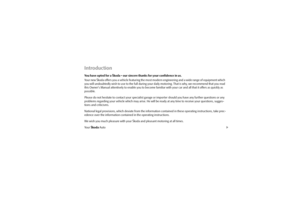 2
2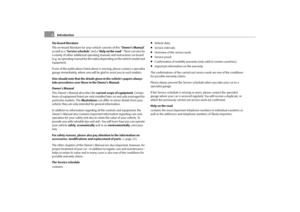 3
3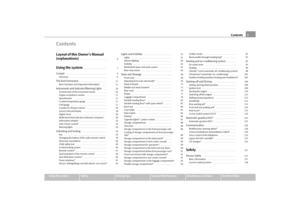 4
4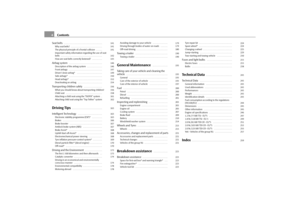 5
5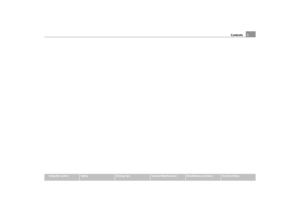 6
6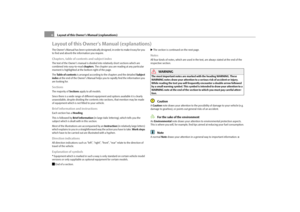 7
7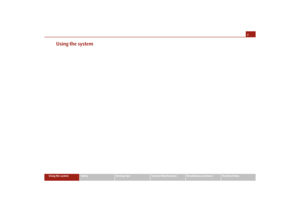 8
8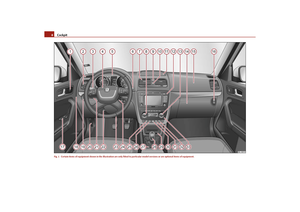 9
9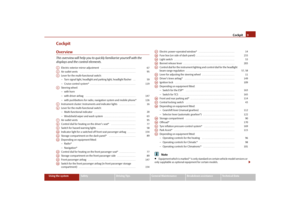 10
10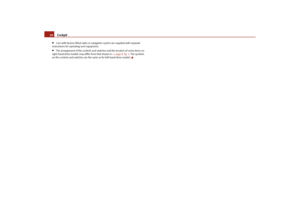 11
11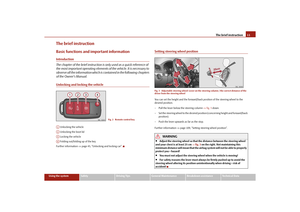 12
12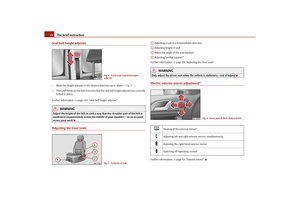 13
13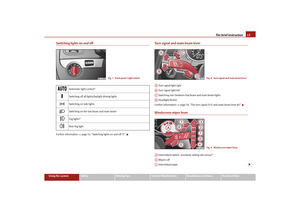 14
14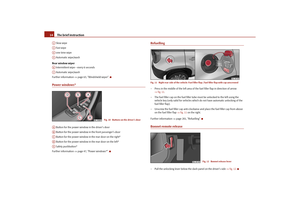 15
15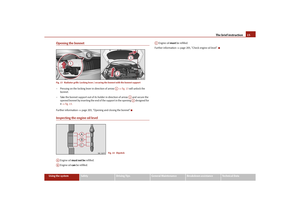 16
16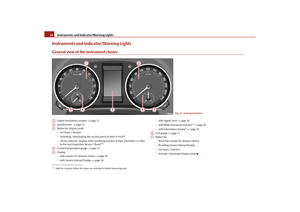 17
17 18
18 19
19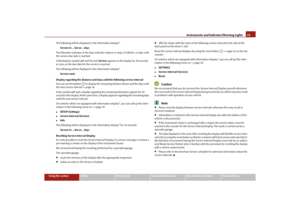 20
20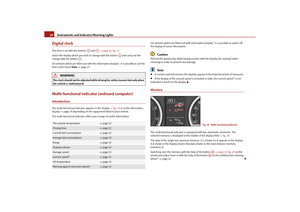 21
21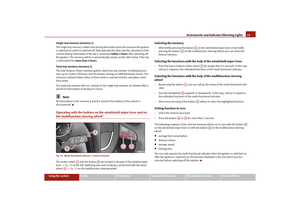 22
22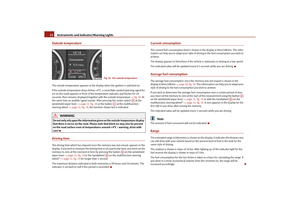 23
23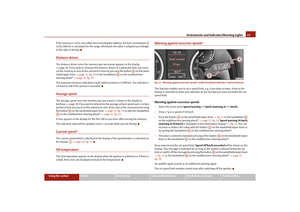 24
24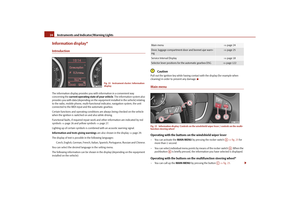 25
25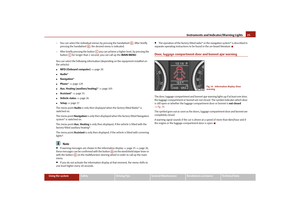 26
26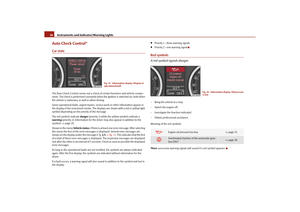 27
27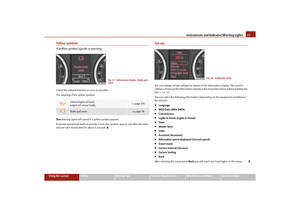 28
28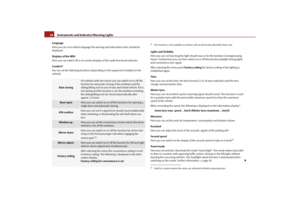 29
29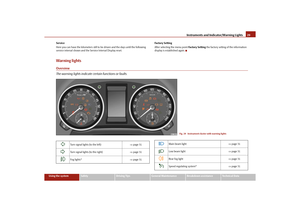 30
30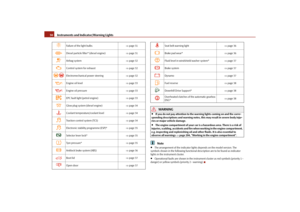 31
31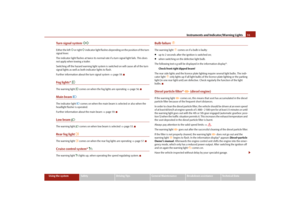 32
32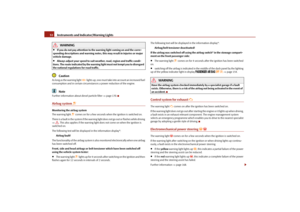 33
33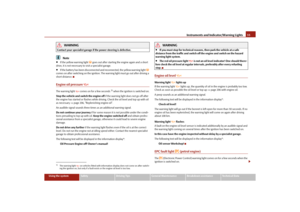 34
34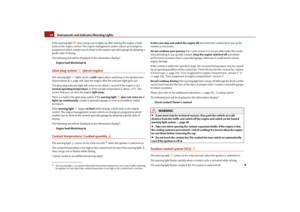 35
35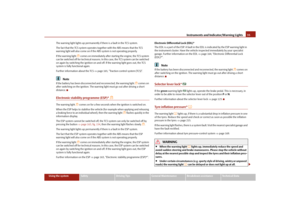 36
36 37
37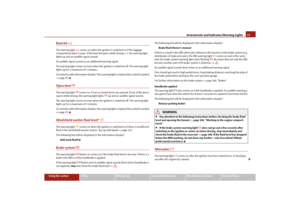 38
38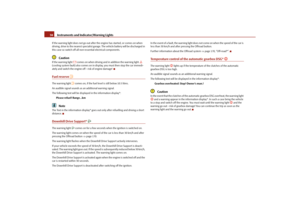 39
39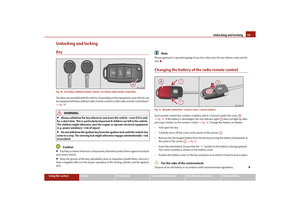 40
40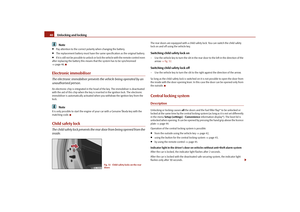 41
41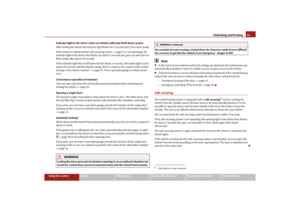 42
42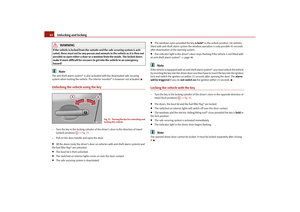 43
43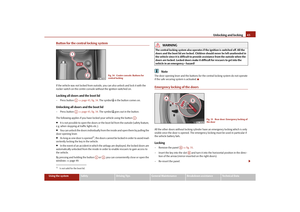 44
44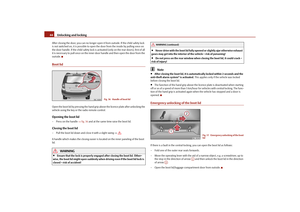 45
45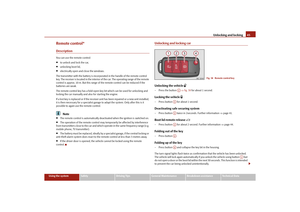 46
46 47
47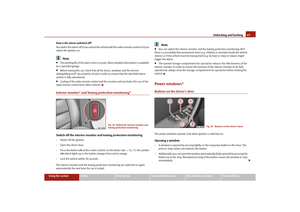 48
48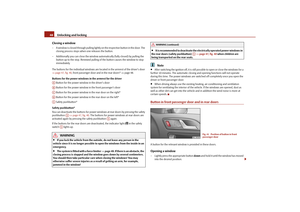 49
49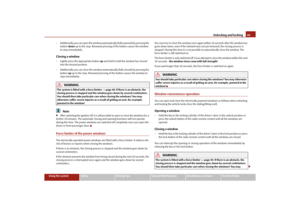 50
50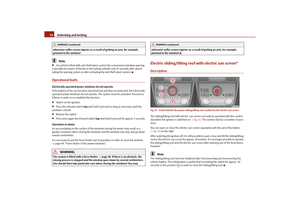 51
51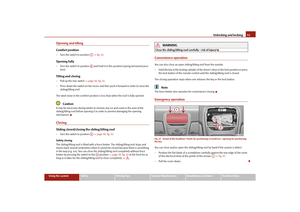 52
52 53
53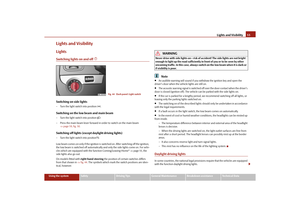 54
54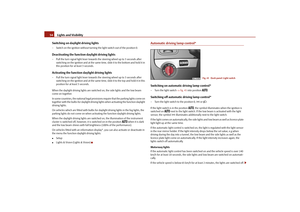 55
55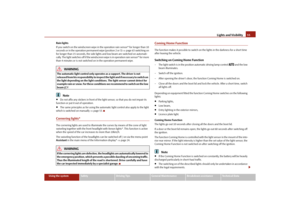 56
56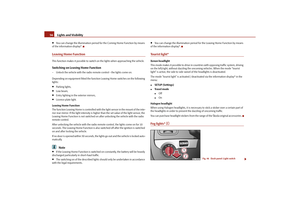 57
57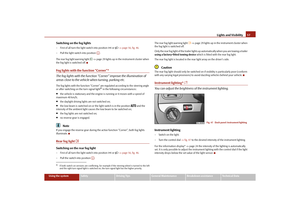 58
58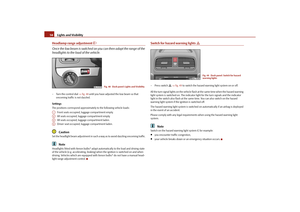 59
59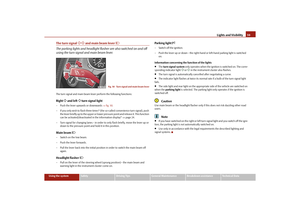 60
60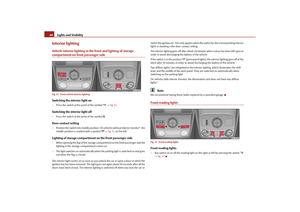 61
61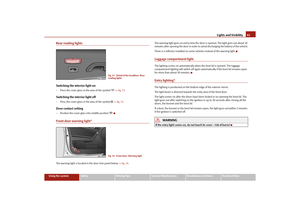 62
62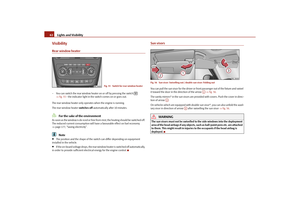 63
63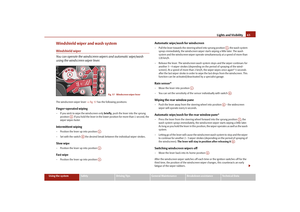 64
64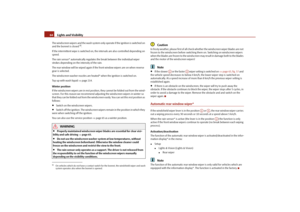 65
65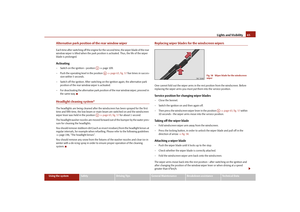 66
66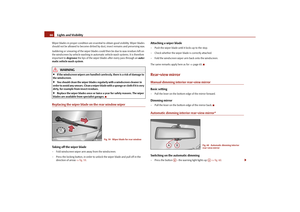 67
67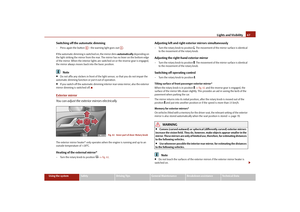 68
68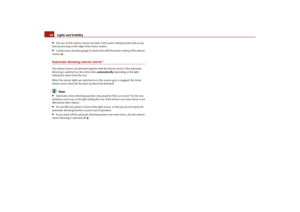 69
69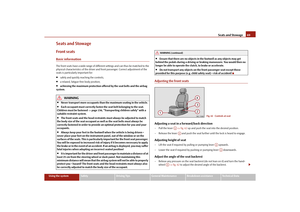 70
70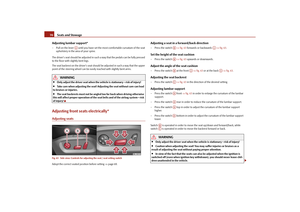 71
71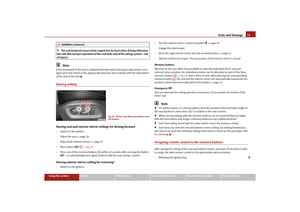 72
72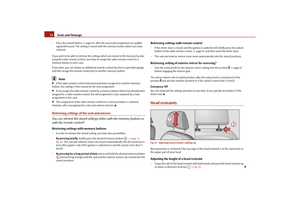 73
73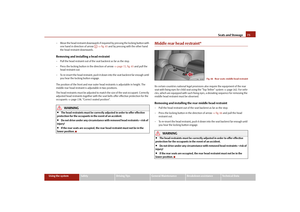 74
74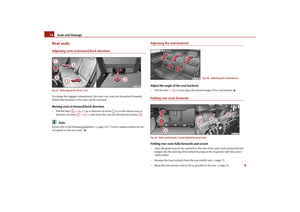 75
75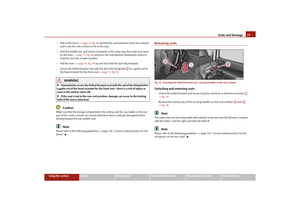 76
76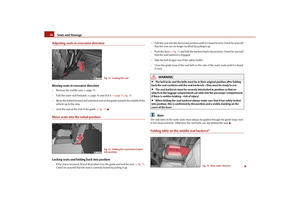 77
77 78
78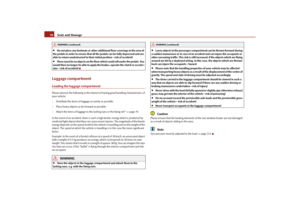 79
79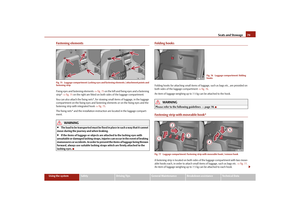 80
80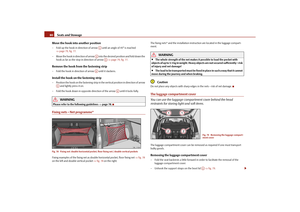 81
81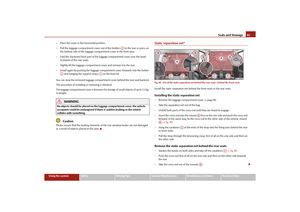 82
82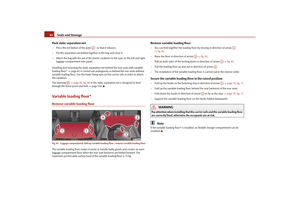 83
83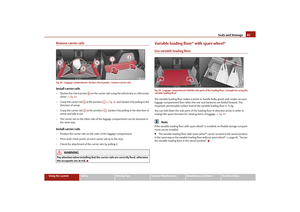 84
84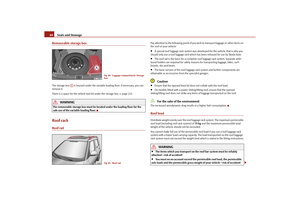 85
85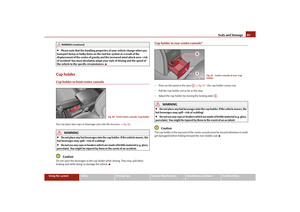 86
86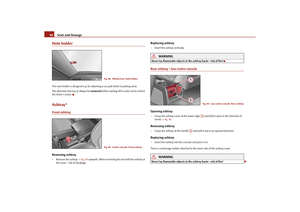 87
87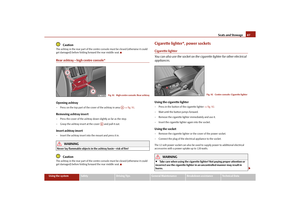 88
88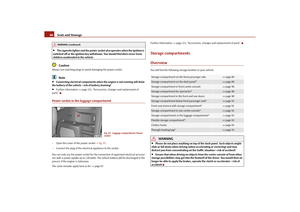 89
89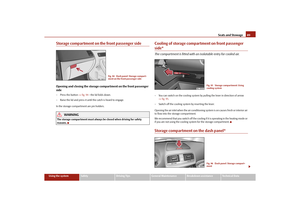 90
90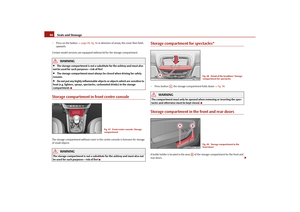 91
91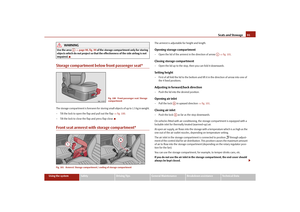 92
92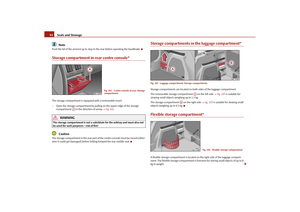 93
93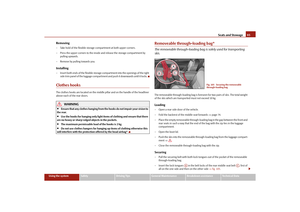 94
94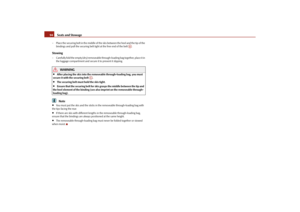 95
95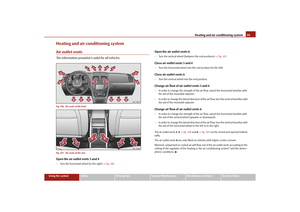 96
96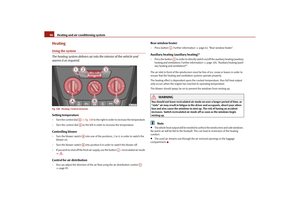 97
97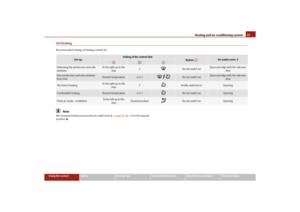 98
98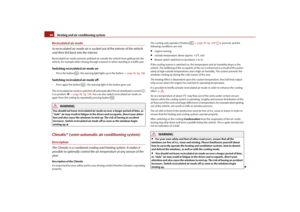 99
99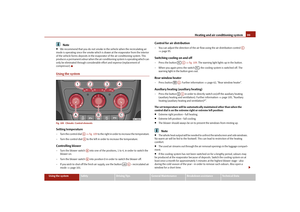 100
100 101
101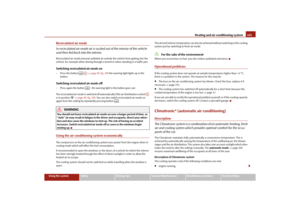 102
102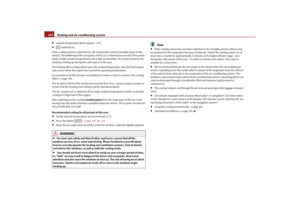 103
103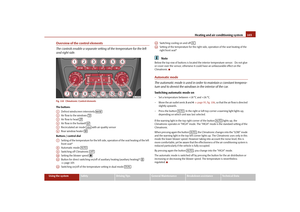 104
104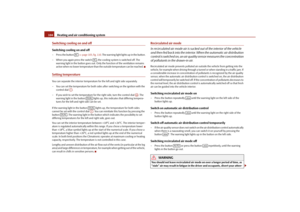 105
105 106
106 107
107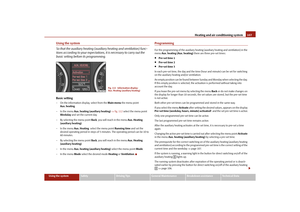 108
108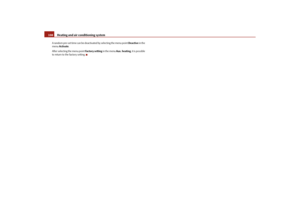 109
109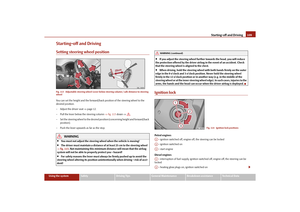 110
110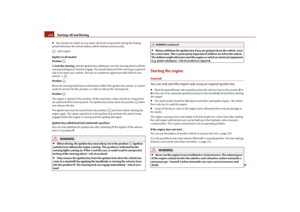 111
111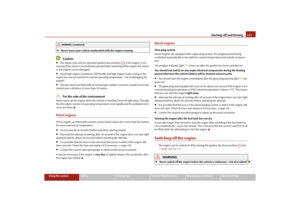 112
112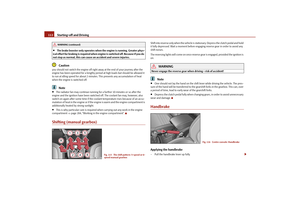 113
113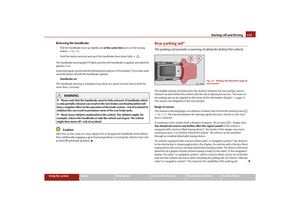 114
114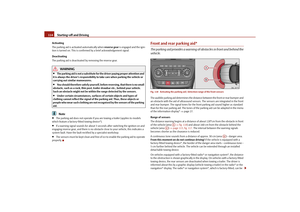 115
115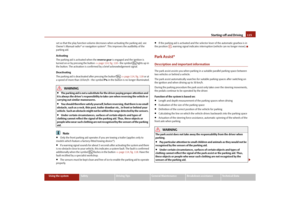 116
116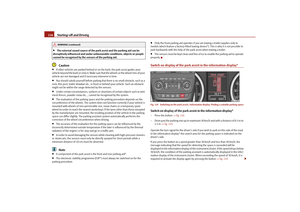 117
117 118
118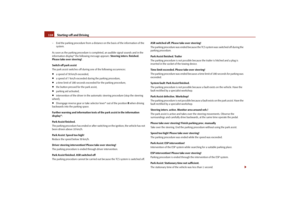 119
119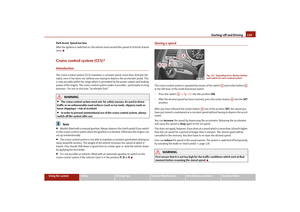 120
120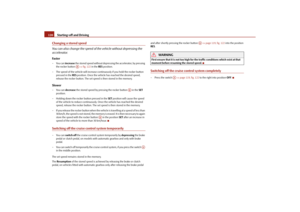 121
121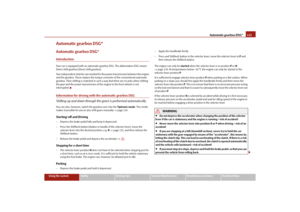 122
122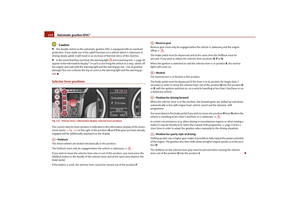 123
123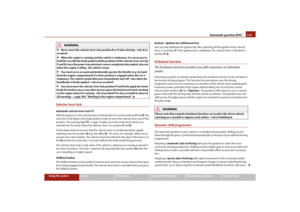 124
124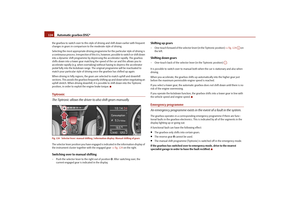 125
125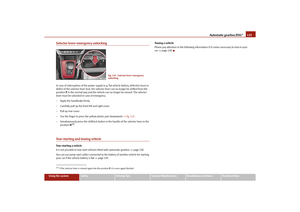 126
126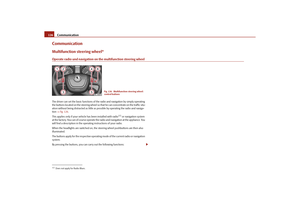 127
127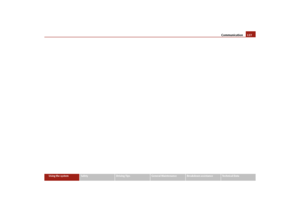 128
128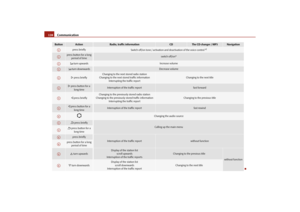 129
129 130
130 131
131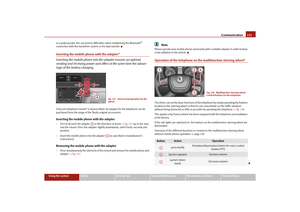 132
132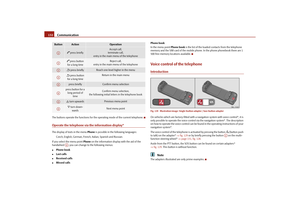 133
133 134
134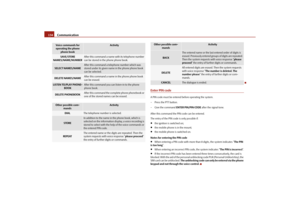 135
135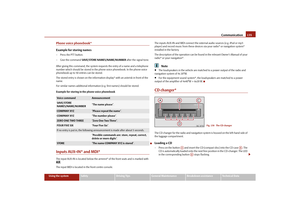 136
136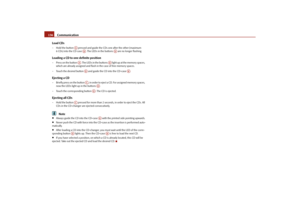 137
137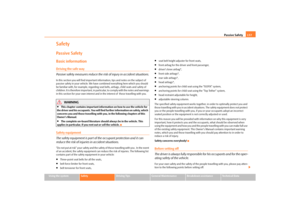 138
138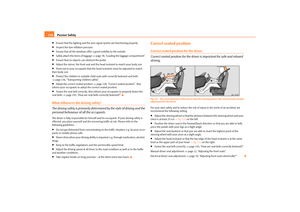 139
139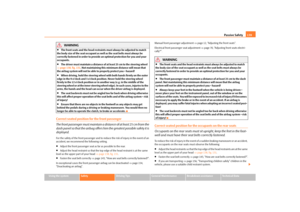 140
140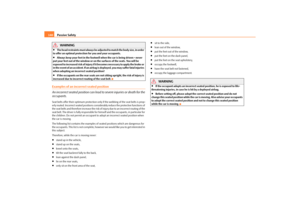 141
141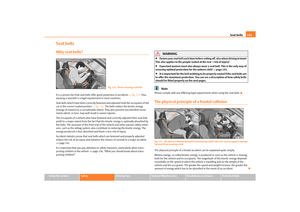 142
142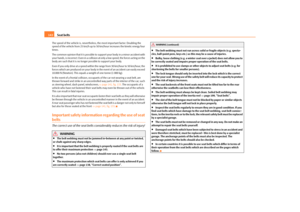 143
143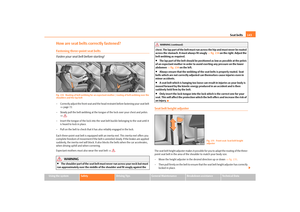 144
144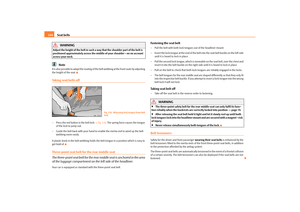 145
145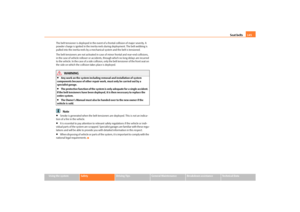 146
146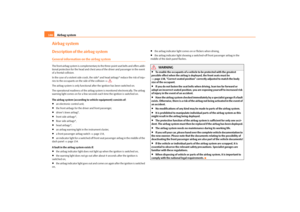 147
147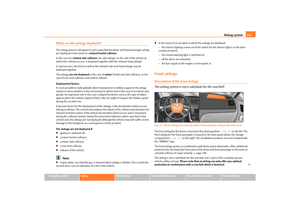 148
148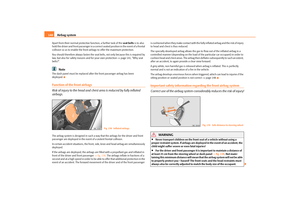 149
149 150
150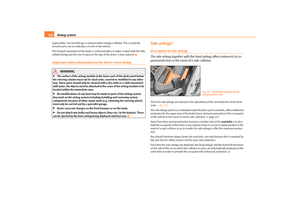 151
151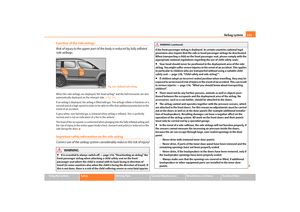 152
152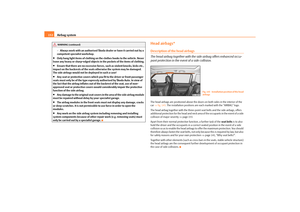 153
153 154
154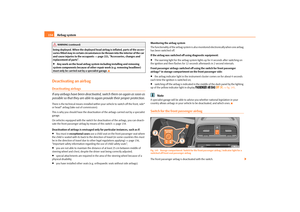 155
155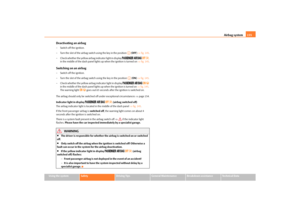 156
156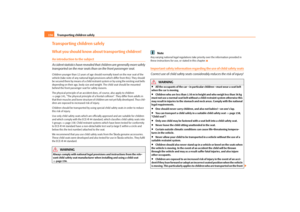 157
157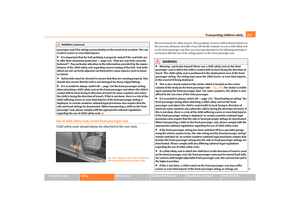 158
158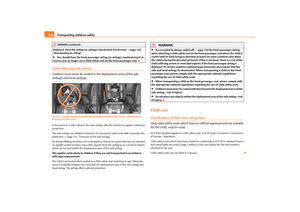 159
159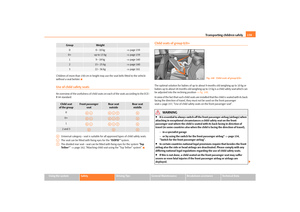 160
160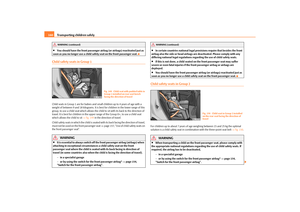 161
161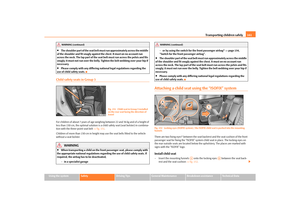 162
162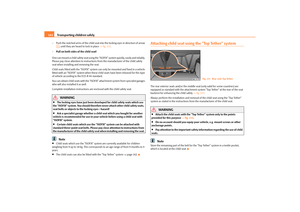 163
163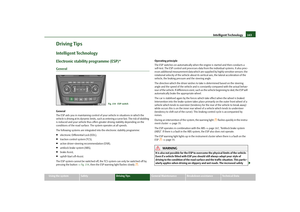 164
164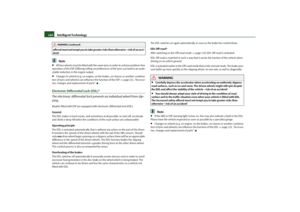 165
165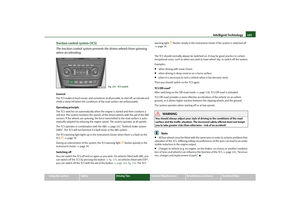 166
166 167
167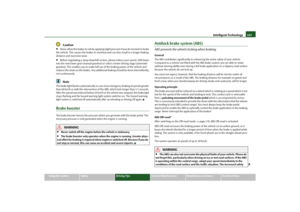 168
168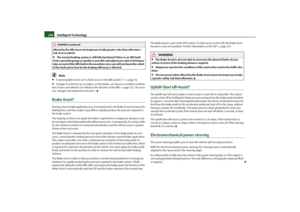 169
169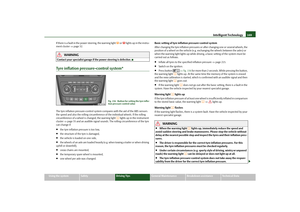 170
170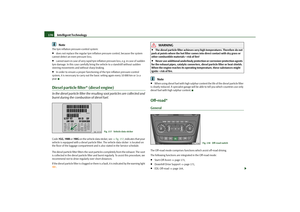 171
171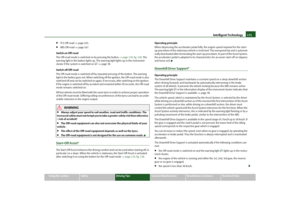 172
172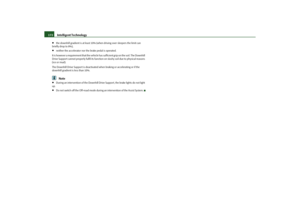 173
173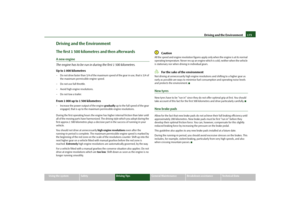 174
174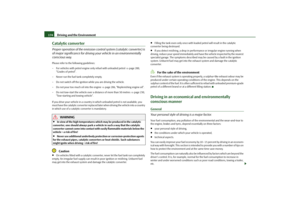 175
175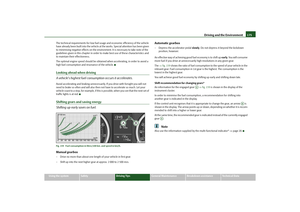 176
176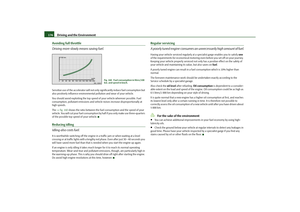 177
177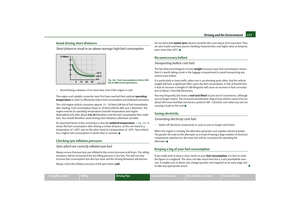 178
178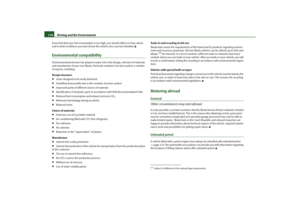 179
179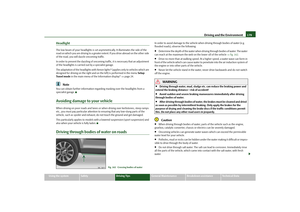 180
180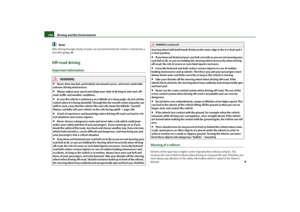 181
181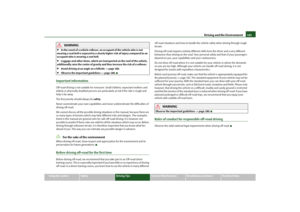 182
182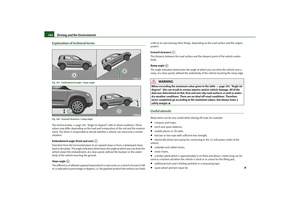 183
183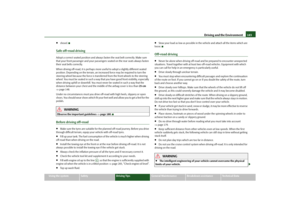 184
184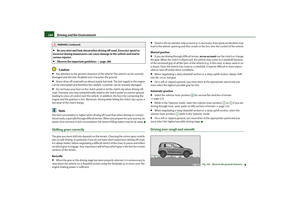 185
185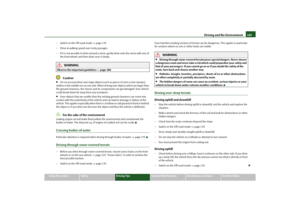 186
186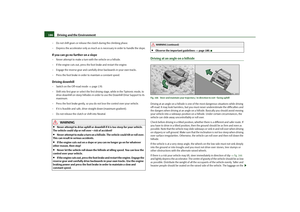 187
187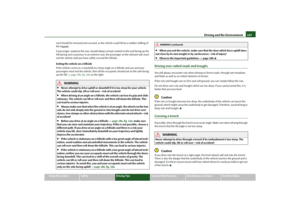 188
188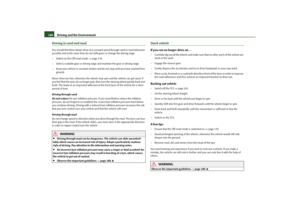 189
189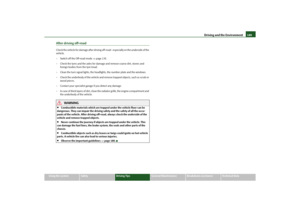 190
190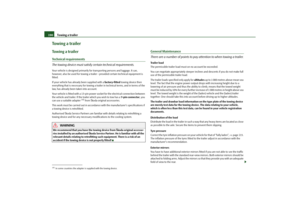 191
191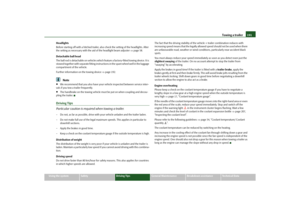 192
192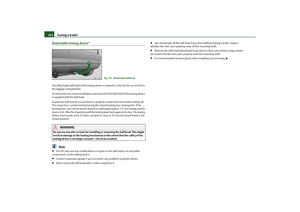 193
193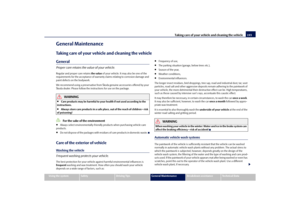 194
194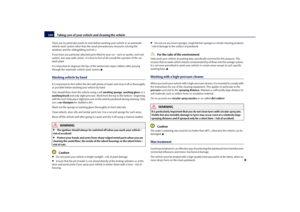 195
195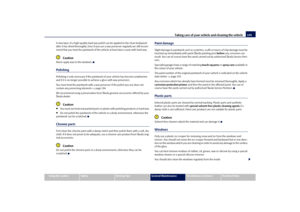 196
196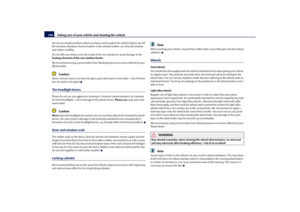 197
197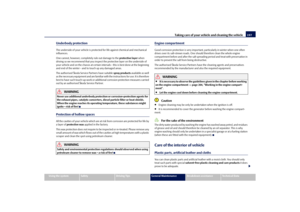 198
198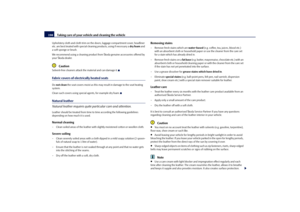 199
199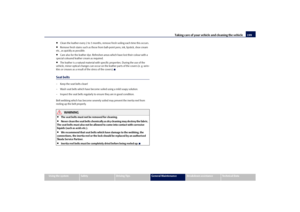 200
200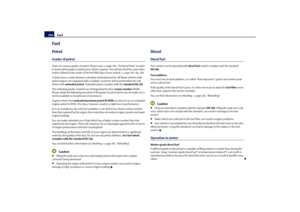 201
201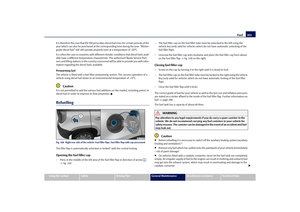 202
202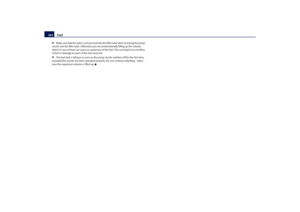 203
203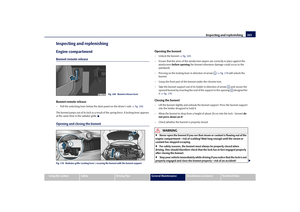 204
204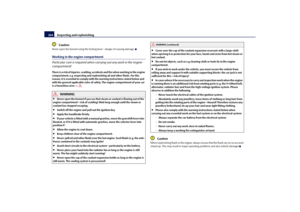 205
205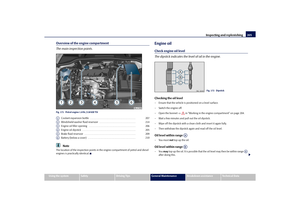 206
206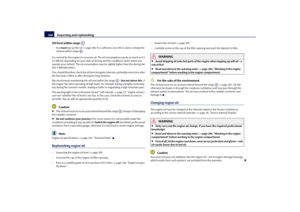 207
207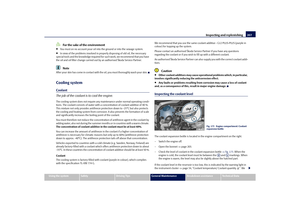 208
208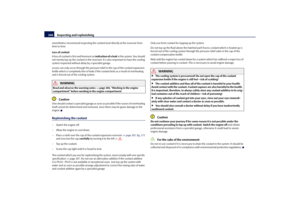 209
209 210
210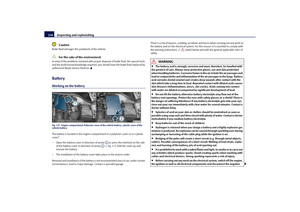 211
211 212
212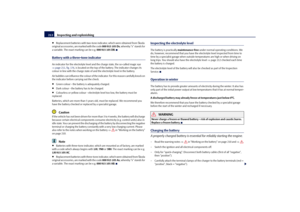 213
213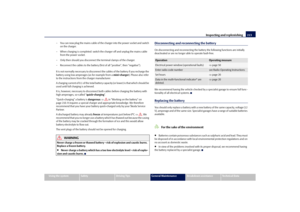 214
214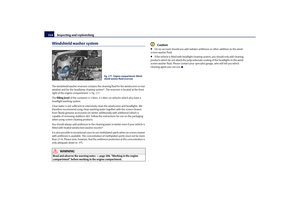 215
215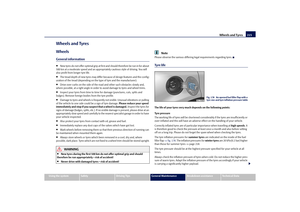 216
216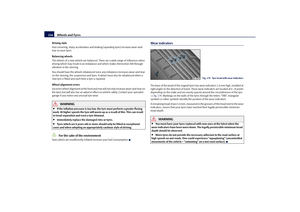 217
217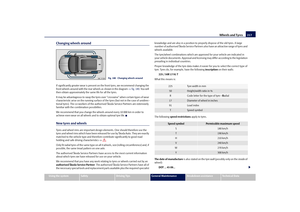 218
218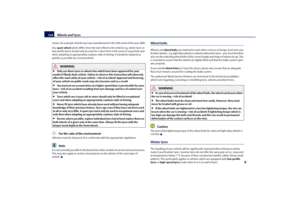 219
219 220
220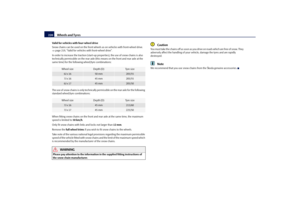 221
221 222
222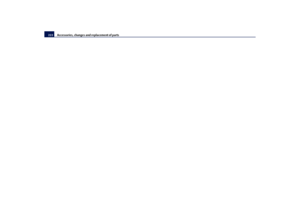 223
223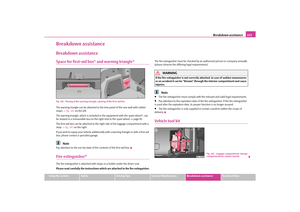 224
224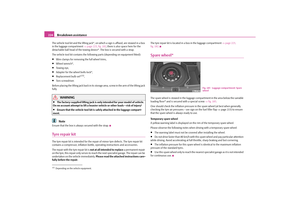 225
225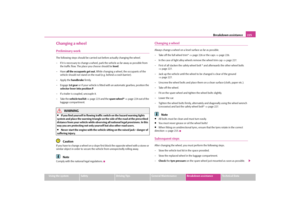 226
226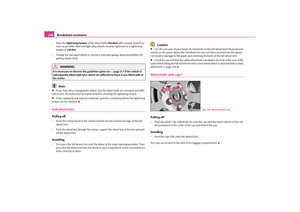 227
227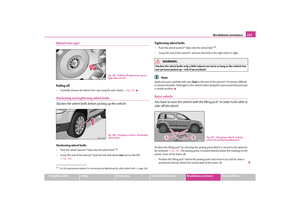 228
228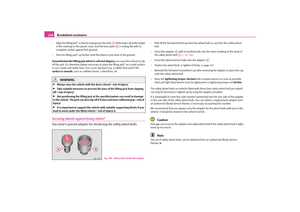 229
229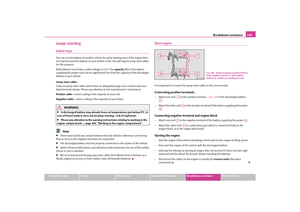 230
230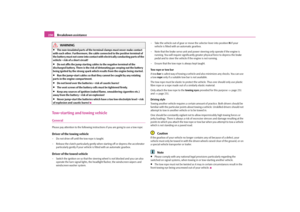 231
231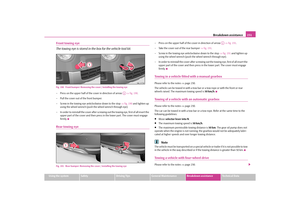 232
232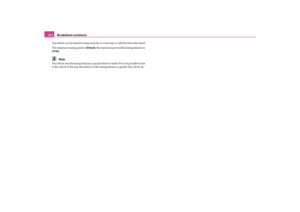 233
233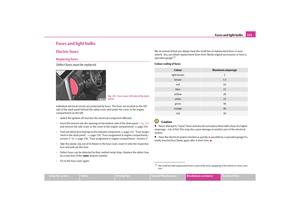 234
234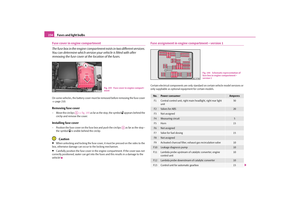 235
235 236
236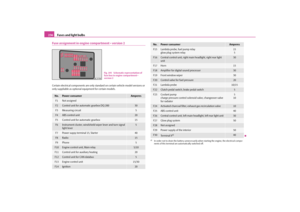 237
237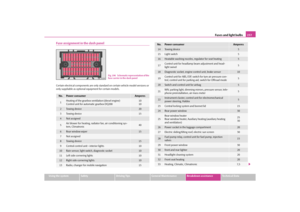 238
238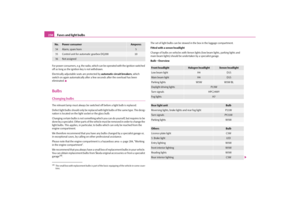 239
239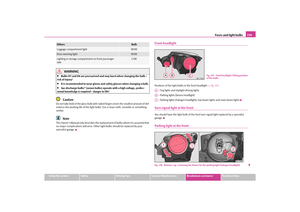 240
240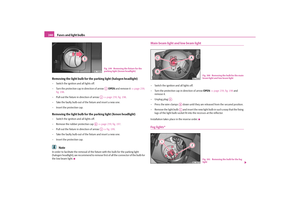 241
241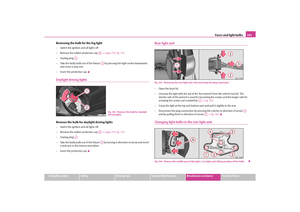 242
242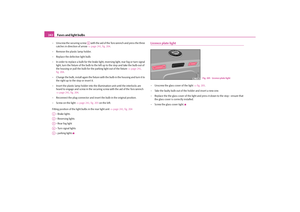 243
243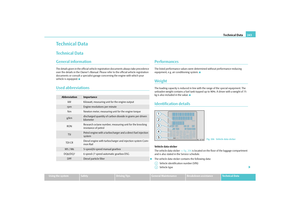 244
244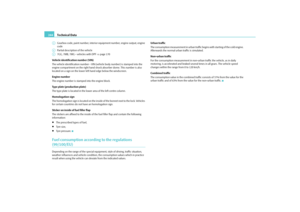 245
245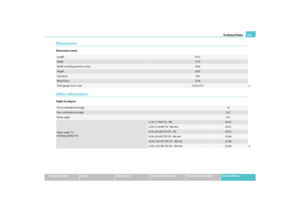 246
246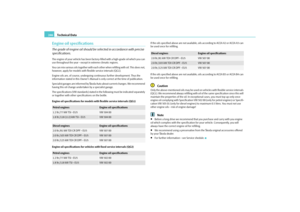 247
247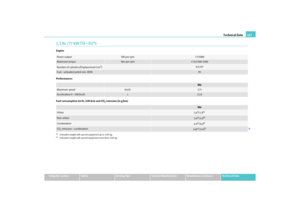 248
248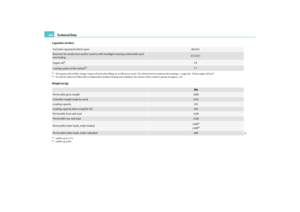 249
249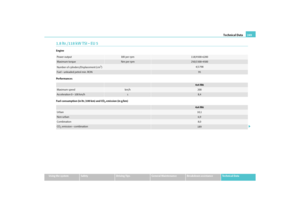 250
250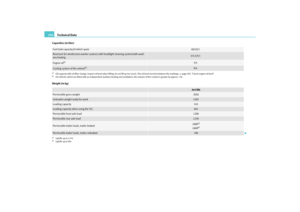 251
251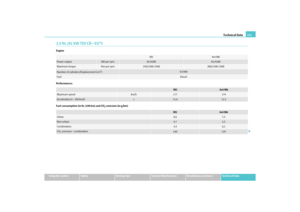 252
252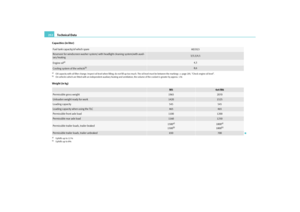 253
253 254
254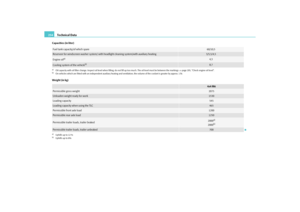 255
255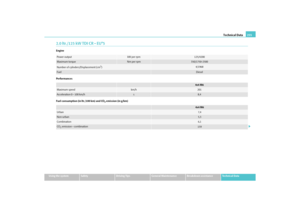 256
256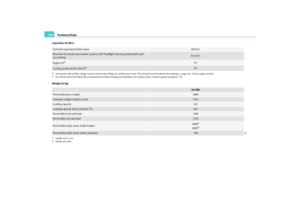 257
257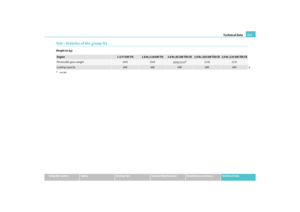 258
258 259
259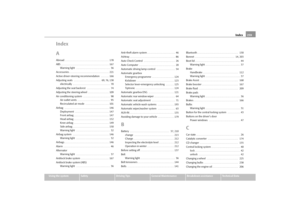 260
260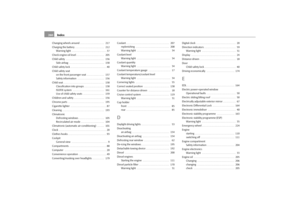 261
261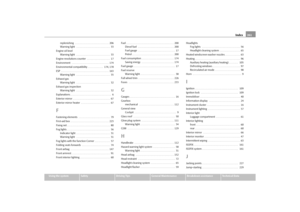 262
262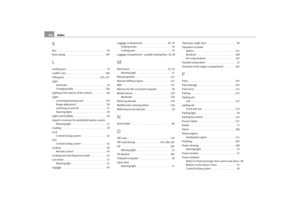 263
263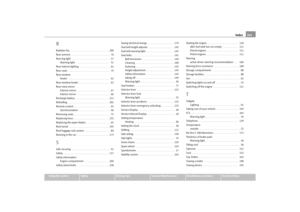 264
264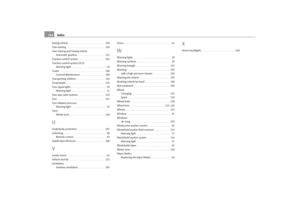 265
265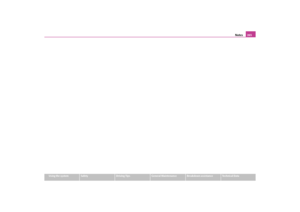 266
266 267
267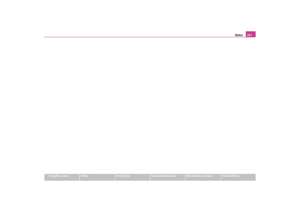 268
268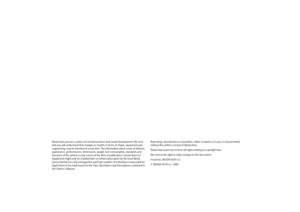 269
269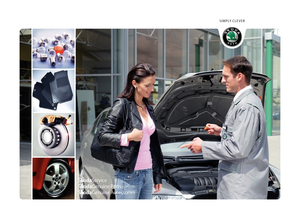 270
270



